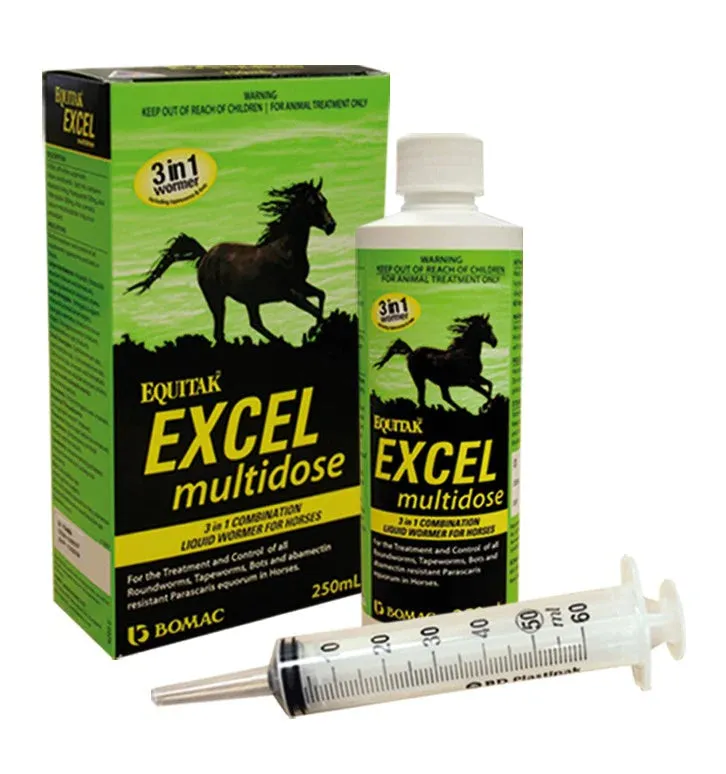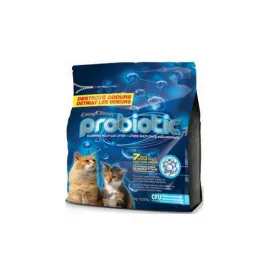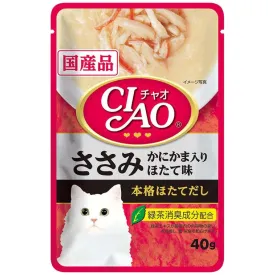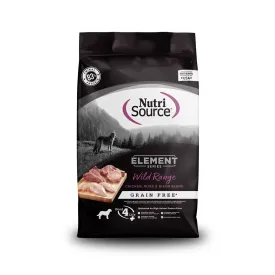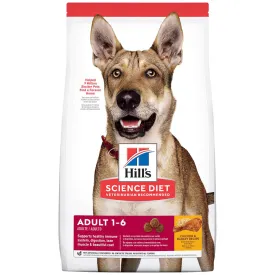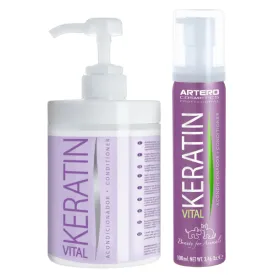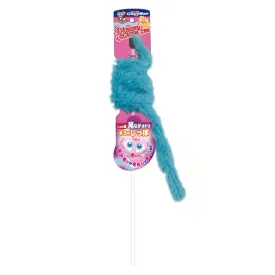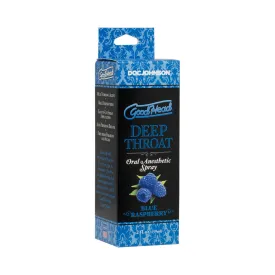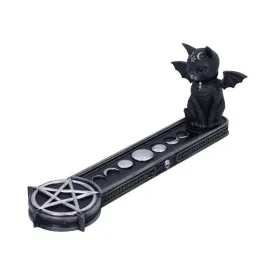Treats approximately 8 horses.
3 in 1 Combination Liquid wormer and boticide for horses, containing Abamectin, Praziquantel and Oxfendazole. The multidose system allows more cost effective worming for larger herds.
Active Constituents:
Abamectin 4mg/mL, praziquantel 50mg/mL and oxfendazole 200mg/mL, in an off-white suspension for oral administration to horses. This product also contains 1mg sodium metabisulphite as an antioxidant. Available in 250mL and 1L bottles.
Action:
Abamectin stimulates the release of the neurotransmitter GABA in roundworms, increasing membrane permeability of neurons to chloride ions and inhibiting neural transmission, leading to paralysis and death. Praziquantel interferes with the attachment of tapeworms by causing spastic paralysis. It also damages the integument, increasing its permeability to selected cations and causing death. Oxfendazole destroys roundworms, including abamectin-resistant Parascaris equorum, by inhibiting tubulin synthesis, which causes death by starvation.
Indication:
Treatment and control of all sensitive strains of roundworms, tapeworms and bots in horses. Treatment and control of the following:
Treatment and control of tapeworms Anoplocephala perfoliata (mature and immature; scoleces andsegments) and bots Gasterophilus spp. (oral and gastric stages).
Dosage:
Shake well before use. For oral use only.
Dose is 1mL/20kg b.w. (0.2mg abamectin, 2.5mg praziquantel and 10mg oxfendazole per kg b.w).
| Bodyweight | Dose | Bodyweight | Dose |
| 100kg | 5mL | 400kg | 20mL |
| 200kg | 10mL | 500kg | 25mL |
| 300kg | 15mL | 600kg | 30mL |
Give repeat doses every 6-8 weeks in young horses and in all susceptible horses. When using good control measures to reduce re-infestation, mature horses only require treatment 3-4 times a year.
Special Precautions:
Product contains abamectin, a member of the macrocyclic lactone family, avermectin/milbemycin family, oxfendazole, a member of the benzimidazole family, and praziquantel, a highly effective cestocidal compound. It is effective against all parasites susceptible to these anthelmintics. However, resistance can develop to any anthelmintic. Correct drenching technique should be used. Ask your local veterinary practitioner or animal health adviser for recommended parasite management practices for your area to reduce development of resistance. It is advisable that resistance tests or checks be conducted regularly when using any parasite treatment.
-
Worm regularly;
-
Worm all new introductions and quarantine for at least 24 hours (preferably 48 hours) to empty out before introducing them to pasture and other horses;
-
Treat any horse before moving to a new group;
-
Treat all horses grazed together at the same time;
-
Pick up manure regularly - at least once or preferably twice weekly. This is practical in small paddocks and yards;
-
Rotationally graze horse paddocks with sheep, cattle or deer. This helps reduce the pasture worm larvae/egg populations of all equine parasites;
-
Use feed bins and hayracks rather than feeding off the ground;
-
Remove bot eggs regularly from the horse's hair coat.
How often should you worm your horse?:
-
Depends on many factors such as the number of horses grazing together, the number of paddocks in which the horses are grazed, paddock size, and whether or not control measures (mentioned above) are used;
-
For an individualised recommendation of the appropriate worming schedule for your property, consult your veterinarian;
-
Resistance to an anthelmintic or wormer may develop in any of the individual worm species that infest horses. See your veterinarian to check the effectiveness of your wormer, if required.
Human First Aid, Symptoms of Poisoning:
If swallowed, DO NOT induce vomiting. If splashed in the eyes, wash out immediately with water. If skin or hair contact occurs, remove contaminated clothing and flush skin and hair with running water. For advice contact the National Poisons Centre (0800 POISON or 0800 764 766) or a doctor, immediately
Withholding Times: Meat 63 days.




